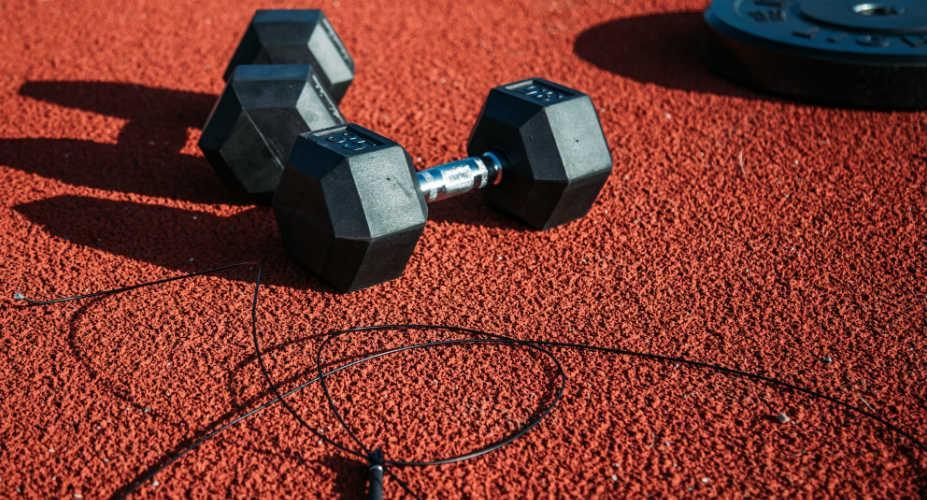
Add some speedy strides to your training regime to improve your running form.
If you’ve ever taken part in a big running event you may have noticed some runners doing sprints as part of their warm-up, and you may well have wondered why they were wasting their energy just before starting the race.
Those sprints are not actually sprints, they’re strides. That said, strides are admittedly quite a lot like sprints. So to explain the difference and why it’s worth including strides in your training, we spoke to running coach Andy Hobdell.
What Are Running Strides?
“Strides are intervals of around 100m, run at your one-mile pace,” says Hobdell. “That’s 85-95% effort – a controlled faster effort as opposed to 100% sprints."
Begin your stride by easing into a fast pace in the initial 25m. It is important that you do not accelerate too quickly to help you avoid injury. In the next 25m you should have reached full speed and can focus on staying relaxed at a faster pace and letting your body do the work. Focus on your posture – it should be controlled, with no flailing arms, and you should be more on your toes rather than your heels. Then in the last 20m gradually reduce your speed down to a stop.
The recovery after a stride is a nice relaxed walk back to where you started from, and then go again.
How To Use Strides In Your Training
“I typically incorporate strides into a schedule in a number of ways,” says Hobdell.
After an easy recovery run, strides help you work on your running mechanics – it’s a lot easier to focus on form when you’re not too tired. It helps you to think about how you’re running – on your toes and feeling relaxed – and makes faster running feel like a more natural process for the body.
For those running longer distances it’s a great opportunity to inject some speedwork into the training plan, which will mostly be focused on slower speeds to build aerobic systems. When you’re marathon training, strides serve as a great way to stretch your legs after an easy session. It’s often the case in marathon training that the legs can get stale with the high mileage and tempo runs. Strides help to break this up and give more variety to your training.
“Strides are also great as part of the warm-up for a faster session or race. After an easy jog strides are a gentle way for the body to get used to the feeling of running faster.”
Written by Nick Harris-Fry for Coach and legally licensed through the Matcha publisher network. Please direct all licensing questions to legal@getmatcha.com.




